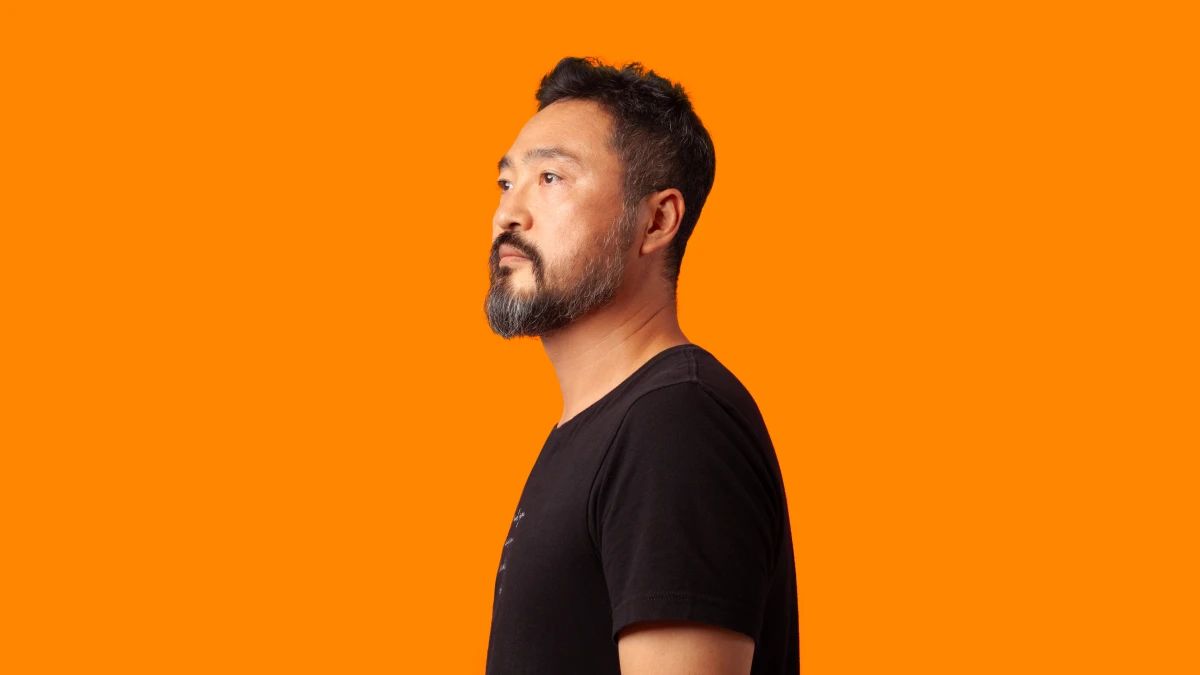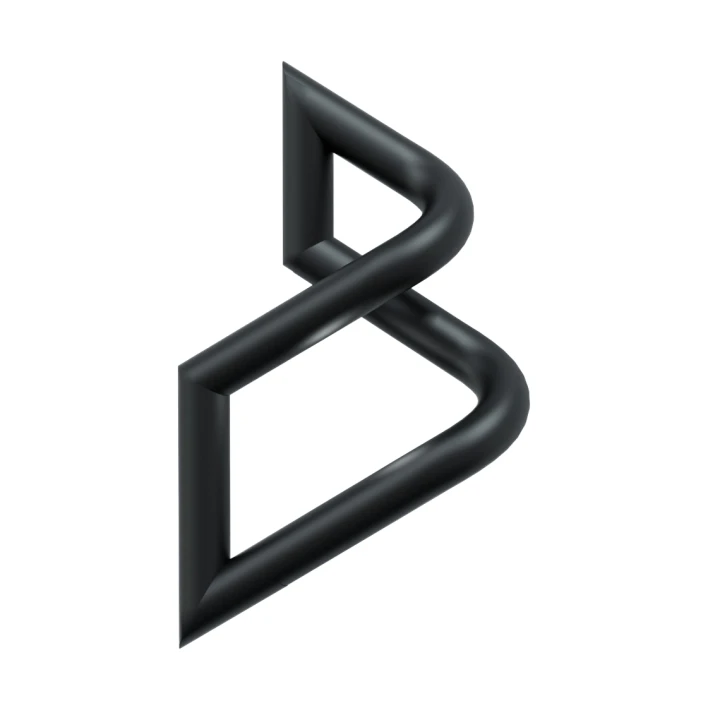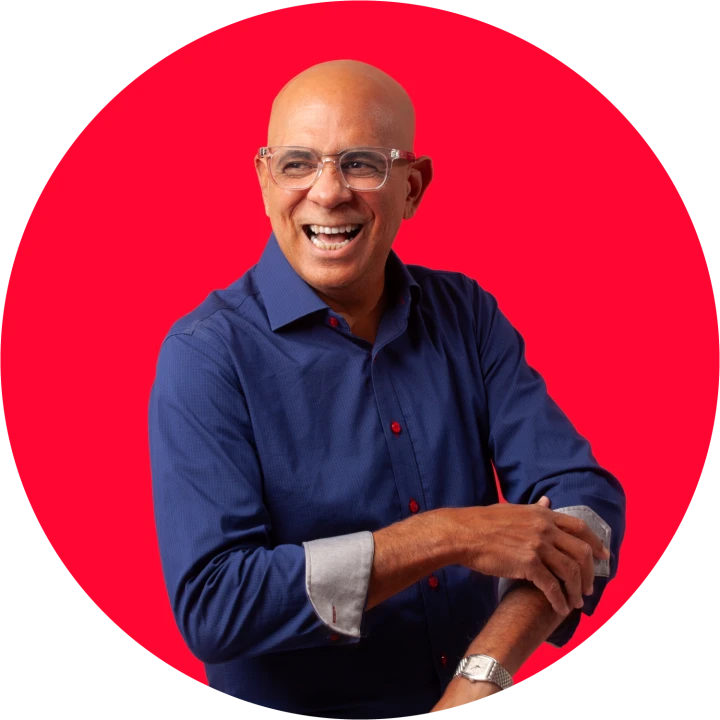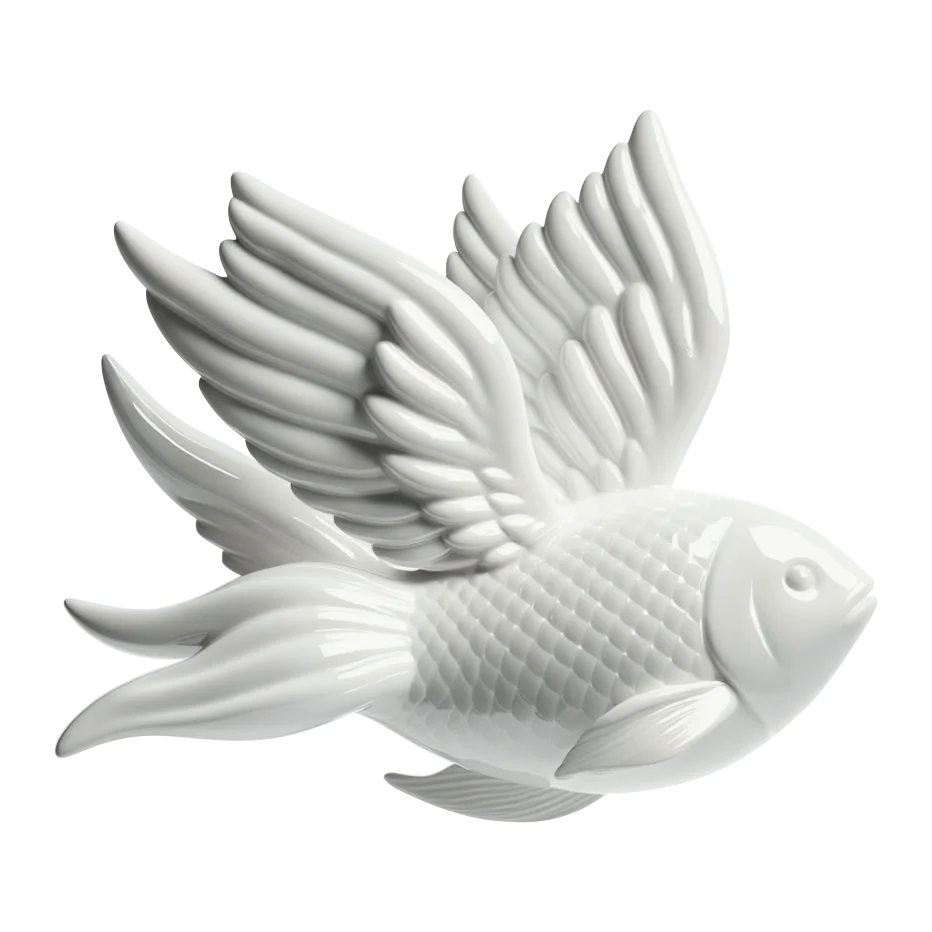Every brand wants to stand the test of time while remaining relevant with customers as they grow and evolve. We sat down with Dan Koh, a founding partner and still a designer at heart, to discuss what timelessness means for a brand and how to achieve it.
Q. How would you define a timeless brand?
A. The word ‘timeless’ suggests that it’s something permanent but that’s not true. It’s actually like a river—on one hand, the river is lasting because the shape doesn’t change. But on the other hand, you never step into the same river twice because the water is always moving. When these two things—permanence and change—coexist, that’s when something can be timeless.
When it comes to timeless brands, it’s the same thing. You need a balance of both. If you have too much permanence, your brand becomes stagnant. If you have too much change, you don’t have a sense of yourself. So, a timeless brand is always in touch with what’s going on and adapting to a changing world, sometimes even leading that change.
Q. How do you build a brand to stand the test of time?
A. Authenticity is key. To be timeless, you must remain focused on who you are. It’s not about what your competitors are doing, having to constantly look over your shoulder. You have to discover and bring out the one special, permanent thing that’s true about you. Because a visual identity faithfully translates your brand’s essence. As designers, we really have to immerse ourselves in the company, taking the time to understand their business, get into their minds as best we can and connect deeply with that ‘thing’ that’s permanent about them. Then comes the design. And to do that well you have to have good taste.
Q. Should all brands be timeless?
A. Once you’ve identified your permanent, authentic element, you should also be of the moment. Who wants to be dated and stagnant? The key is that you have a visual identity system that’s true to the brand but is also flexible. It’s the same with people—I’ve always been me but I went through phases with different haircuts and different nicknames. With a flexible yet authentic framework, brands can continue to grow and evolve.
Q. How should a company adapt their branding as they evolve their business?
A. Sometimes when companies first start, they do something quick and outgrow it really fast. But if they know who they are, they might just need a realignment, like a visual identity refresh. On the other hand, a company might not know who they are or maybe they’ve grown their business into a different identity. That’s when you need to consider a full rebrand.
Wherever you are in the evolution of your business, you constantly have to check back and ask, ‘Who are we?’, ‘Are we being true to who we are?’, and ‘Does our brand reflect that?’ Anytime those are misaligned, you have to either make tweaks or potentially consider a rebrand.
Q. What brands do you think are successfully standing the test of time?
A. Two brands I really admire are Apple and Berkshire Hathaway. And I realized the common thread between these brands is that each founder embodied the brand so much that the brand naturally came out of them.
Take Steve Jobs, for example. He was totally obsessed with making technology intuitive and easy to use, but at the same time, making it beautiful to look at and interact with. That’s what hasn’t changed about Apple. Over the years, with these guiding principles, they’ve innovated new products, created evolving designs and even led new trends. So with that permanent thing, they were able to flex and become this timeless brand.
The same goes for Warren Buffet. It’s not just that he’s a charismatic person—he has this unwavering patience and an ability to be open minded and take on a long-term view of things. But then at the same time, he also has the courage and innovative thinking to be the contrarian and do something different. With this clear personality and vision, he created Berkshire Hathaway organically so that his legacy will continue to live on throughout time.





